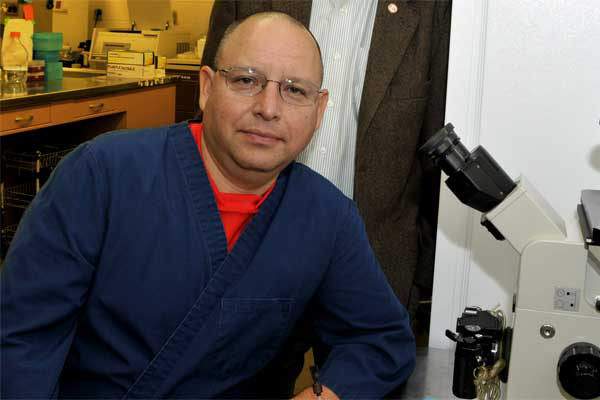Trachea reveal airborne shedding of Salmonella

Researchers from the University of Arkansas, US, have pointed once more to the possibility of airborne infectoin of Salmonella and suggested to monitor poultry trachea as it would be a viable detection organ.
Researcher Guillermo Tellez, who conducted the research with several colleagues, stated at the International Poultry Scientific Forum that several investigators have previously demonstrated the importance of airborne Salmonella species as a source of cross-infection in poultry.
In order to find out how this can be detected, two experiments were conducted to evaluate the detection of Salmonella in trachea. In experiment 1, seven-day-old broiler chickens were inoculated intra-tracheal with 105 cfu of S. Enteritidis (SE). SE was recovered from 80% of cecal tonsils, 50% of tracheas, and 50 % of liver/spleen.
For experiment 2, trachea and caeca were aseptically removed from 16-week-old commercial turkeys for evaluation of Salmonella prevalence. From these samples, 97% of tracheas were positive for E. coli and 34% were positive for Salmonella.
The researchers conclude that the results of these studies suggest tracheal recovery of Salmonella is a viable detection organ, and the airborne movement of Salmonella in poultry houses is a relevant control point to limit the spread of infection within flocks.
The International Poultry Scientific Forum is held in conjunction with the IPPE 2013 in Atlanta, GA.
Related link













